Description
Corn Flower DEALBATA Plant
Corn Flower DEALBATA Plant An attractive clump forming perennial lavender pink cornflower which will flower from the first year if sown early. Perfect reliable border perennial flowering Jun-Jul and good as a cut flower flowering Height: 80-90cm. Best in poorer soils. If the soil is too rich, the plant can spread quickly
Cultivation Advice For Corn Flower DEALBATA
Cornflower (Centaurea dealbata) is a stunning perennial known for its vibrant blue flowers and low-maintenance nature. Here’s concise cultivation advice for this beautiful plant:
- Sow Cornflower seeds in spring or early summer in a sunny location. Choose well-draining soil for planting.
- Ensure the soil is well-draining, preferably sandy or loamy. Amend heavy clay soil with organic matter for better drainage.
- Sow seeds directly on the soil surface or lightly cover them with soil. Maintain spacing of about 30-45cm between plants.
- Keep the soil consistently moist during the establishment phase. Once established, Cornflowers are somewhat drought-tolerant.
- A balanced fertilizer in spring can support healthy growth. Avoid excessive fertilization, as it might lead to leggy growth.
- Apply mulch to retain soil moisture and suppress weeds. Regularly remove weeds around the plants.
- Deadhead spent flowers to encourage continuous blooming. Trim back the plant after flowering to maintain shape.
- Monitor for aphids or powdery mildew. Use organic pest control methods or remove affected parts.
- Cornflowers are generally hardy but benefit from mulching around the base to protect roots during winter.
- Cornflowers make beautiful cut flowers. Regular maintenance, deadheading, and occasional division help maintain plant health.
- Ideal for borders, wildflower gardens, or mixed perennial beds. Their vibrant blue blooms add a pop of color to gardens
- Pair with other sun-loving perennials for a colorful and diverse garden display.
- Allow some flowers to mature and set seeds if you wish to save seeds for the following season. Harvest seeds once they dry.
- Cornflowers attract pollinators like bees and butterflies, contributing to garden biodiversity.
- With regular care and proper growing conditions, Cornflowers can thrive as perennial plants.
- Good air circulation is vital to prevent fungal diseases. Avoid overcrowding by providing adequate spacing between plants.
- While somewhat drought-tolerant, consistent moisture aids growth. Water deeply but infrequently, allowing the soil to dry slightly between waterings.
- Cornflowers prefer moderate temperatures. They’re generally adaptable but may struggle in extremely hot or humid climates
- Cornflowers thrive in full sun.
- Ensure they receive at least 6 hours of sunlight daily for optimal growth and flowering.Well-draining soil is crucial to prevent waterlogging, which can lead to root rot. Incorporate organic matter like compost to improve soil structure and drainage.
- Adequate air circulation around the plants helps prevent humidity-related issues.Water in the morning to ensure foliage dries quickly, reducing the risk of fungal diseases.
- Cornflowers don’t typically require heavy feeding.
- A light application of a balanced fertilizer in spring can boost growth.
- Mulch around plants to retain moisture and suppress weed growth.
- Maintain a weed-free area around the plants to reduce competition for nutrients.
- Depending on the variety’s height, taller Cornflowers might benefit from support to prevent bending or toppling, especially in windy conditions.
- Regularly inspect plants for signs of disease or pest infestations and take prompt action if detected.
- Absolutely, here are more detailed insights to help cultivate Cornflower (Centaurea dealbata) in your garden:
- Aside from pollinators, Cornflowers attract beneficial insects like ladybugs and lacewings, which help control garden pests.
- Deadheading spent flowers promotes prolonged blooming. Regularly remove faded flowers to encourage continuous flowering.
- Cornflowers are versatile, suitable for borders, cottage gardens, or wildflower meadows.
- They add a vibrant touch to mixed plantings.Cornflowers can be propagated through seeds or division. Divide overcrowded clumps every few years to rejuvenate plants and maintain vigor.
- Once established, Cornflowers display good resilience to dry conditions. Reduce watering frequency once plants are well-rooted.
- By following these steps, you can cultivate healthy and beautiful Cornflowers in your garden, enhancing its beauty with vibrant blue blooms!

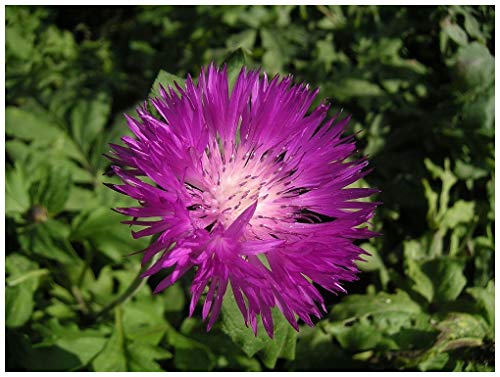
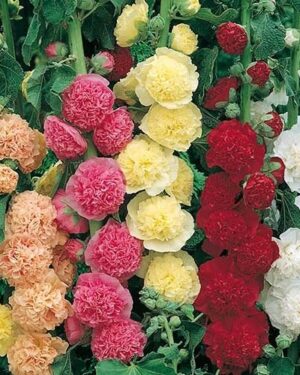
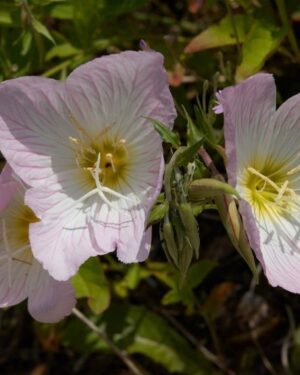

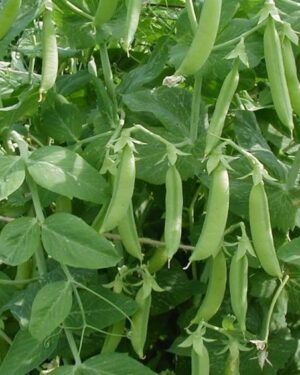
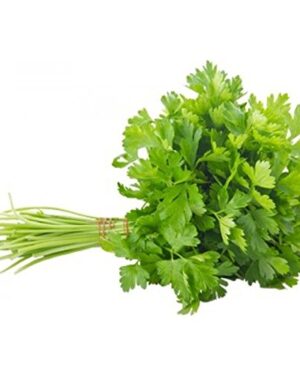
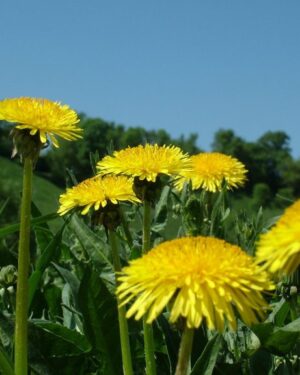
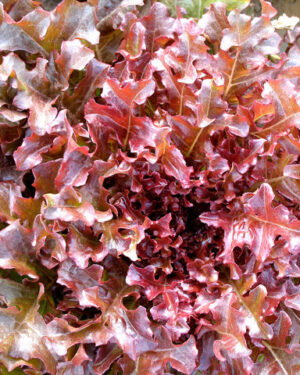


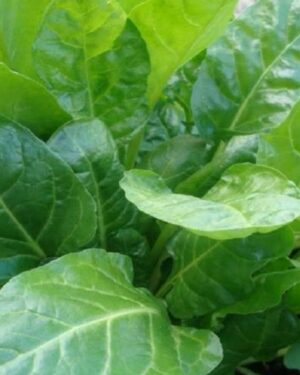
Reviews
There are no reviews yet.